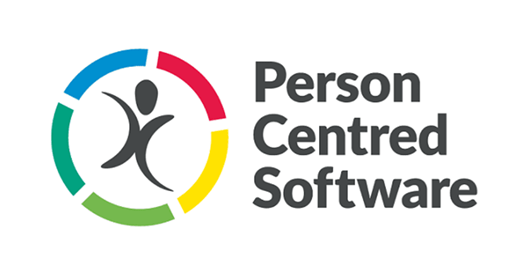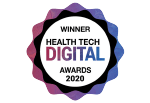
Published in Healthcare Business, Care Home Environment, Care England, AT Today, Digital Health Age, Care Home Professional
Person Centred Software is helping to drive a technological revolution in pain relief for care home residents.
Using the latest smartphone and AI technology, care home providers can now accurately identify and measure levels of pain among those with reduced communication skills. The aim is to ensure accurate pain relief is administered and reduce the use of unnecessary behavioural medication.
Read the news story below:
Person Centred Software, developers of the UK’s most widely used electronic care planning system, is helping to drive a technological revolution in pain relief for care home residents. Using the latest smartphone and AI technology, care home providers can now accurately identify and measure levels of pain amongst those with reduced communication skills. The aim is to ensure accurate pain relief is administered and reduce the use of unnecessary behavioural medication.
Jonathan Papworth, Co-founder, and Director of Person Centred Software explains, “For people who are unable to communicate their level of pain, such as those with dementia, the result can be that they display bad behaviour and get angry. Behavioural drugs are commonly used in residential care to address challenging behaviour and most medical professionals believe that they are acting in the best interest of the individual, staff and other residents. But without the ability to understand if a person is in pain, that individual may be wrongly diagnosed. In addition, the medications to manage behaviour are normally far more expensive than those used for pain relief. So, if pain medication can resolve the pain and it results in better behaviour, it will improve the individual’s quality of life and benefit everyone involved.”
To help solve this major issue, Person Centred Software has integrated PainChek®, the world’s first smartphone pain monitoring and assessment technology, within its Mobile Care Monitoring application – currently used by over 1,300 care homes for evidencing care interactions, electronic care planning, and reporting.
Using the AI and facial recognition technology in PainChek®, carers can identify the presence and quantify the severity of pain when pain isn’t obvious. The information feeds seamlessly into the intelligent mobile application to deliver a joined-up solution for care providers to monitor pain, at the point of care, in people who are non-verbal.
Jonathan offers a cautionary note about the issue of pain relief and funding. As an example, he cites Australia where their Age Care Funding Instrument provides granular payments according to the severity of care required. The more care someone needs, the greater the funding. This has resulted in some care homes opting not to use the pain analysis application since if individuals are correctly medicated for pain and the result is improved behaviour, the care provider gets financially penalized.
Jonathan concludes, “Politicians must be careful that the way care is funded does not advocate the wrong results. Government funding for social care is vital but it is essential that the financial incentives encourage and promote improved behaviour and the best of care.”
Since 70% of people living in UK care homes have dementia, PainChek® is seen as a valuable tool for care providers to assess and monitor residents’ pain. Person Centred Software has trials of PainChek® underway with a number of care providers in both the UK and Australia.







.webp?width=80&height=80&name=HTD%20Awards%202023%20Badge%20(4).webp)














